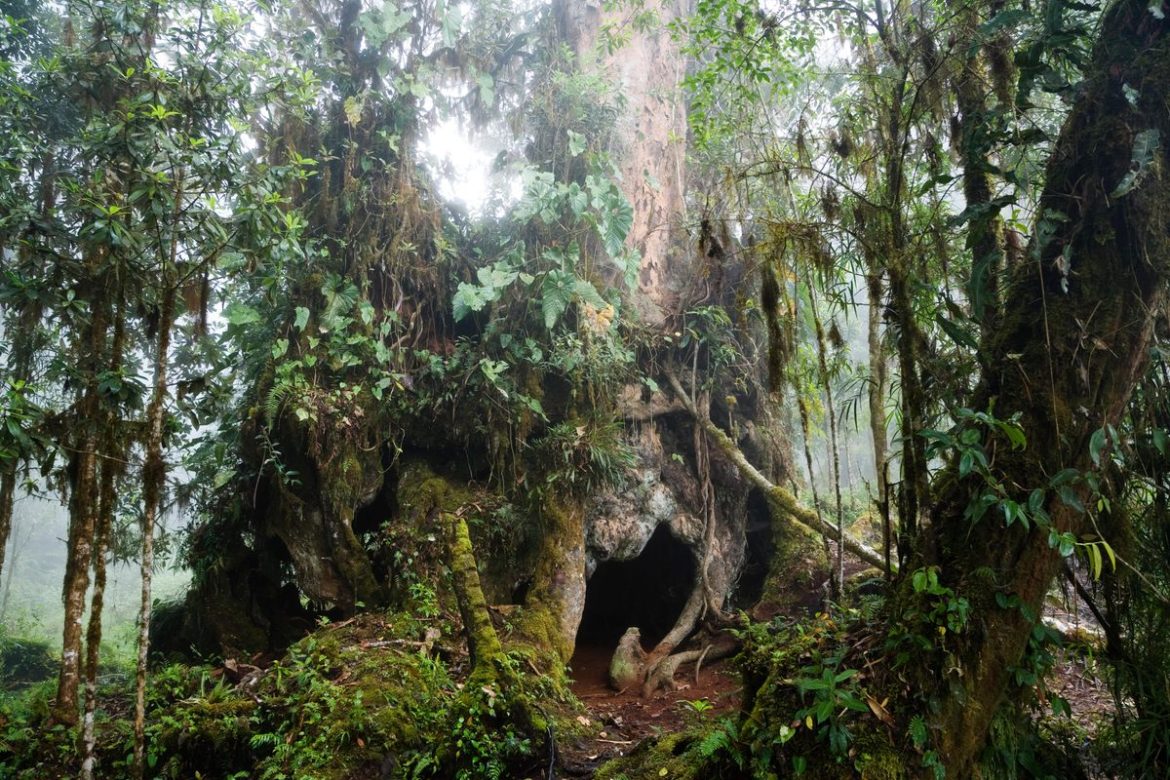In the shrouded mists of Costa Rica’s Talamanca Mountains, tales of childlike spirits known as nímbulos have permeated local folklore for generations. These elusive guardians, believed to dwell in the cloud forests around the ominously named Cerro de la Muerte or “Mountain of Death,” captivate the imagination with their mysterious antics and otherworldly presence.
Midnight Mischief in the Mountains
Biologist Paola Muñoz’s experience one midnight encapsulates the eerie charm of these spirits. Awoken by the sounds of laughter and clattering kitchenware, she was later informed by the caretaker that the culprits were none other than the nímbulos. Their playful nature was evident, but so was Muñoz’s regret at not venturing out to witness them—a decision driven by fear rather than curiosity.
A Cultural Evolution Amid Environmental Concerns
The nímbulos are not just remnants of ancient tales but are dynamic characters in the evolving story of the region’s cultural and environmental consciousness. Originally rooted in Indigenous lore, their stories have been shaped over the centuries by various influences, including Spanish colonial and Catholic elements. Today, these narratives have taken on a new dimension, emphasizing eco-activism as deforestation and climate change threaten the habitats of local wildlife, like the resplendent quetzal and Baird’s tapir.
The significance of the nímbulos is intertwined with the ecological health of their territories. As the forest changes, so too do the stories that reflect the bond between the community and their environment. This relationship highlights a broader message about the necessity of preserving our natural and cultural heritage.
Haunting Highways and Haunted Hills
The setting of Cerro de la Muerte provides a perfect backdrop for such ghostly tales. The mountain is notorious for its perilous roads enveloped in mist and rain, with landslides lurking around each bend. It’s here that Federico Valverde, owner of a nearby biological station, recounts his own sightings of nímbulos—ephemeral figures resembling children playing behind fallen trees, appearing and disappearing into the mist.
The Nímbulos and Boruca Legends: Parallels and Preservation
Further enriching the tapestry of local mythology are the Boruca people’s stories of duendes, similar to the nímbulos, known to dwell in the forests south of Cerro de la Muerte. These spirits, too, are described as capricious and elusive, embodying the forest’s secretive nature. Ulises Morales from the Boruca community shares how these tales serve as both a warning and a way of teaching respect for the wilderness, a sentiment echoed in stories across different cultures within the region.
Conservation Efforts and Cultural Survival
Amid the decline of forest cover—a stark reality underscored by data from Global Forest Watch—the nímbulos’ fate seems as precarious as the ecosystems they inhabit. However, conservation efforts offer a glimmer of hope. The establishment of Los Quetzales National Park and initiatives to protect wildlife corridors are steps towards safeguarding the mystical and the material in these biodiverse havens.
Preserving the Magic of the Mountain
As modernity encroaches, the challenge is to keep the nímbulos relevant and remembered. Efforts by local communities to embrace conservation over exploitation, and to educate about the ecological roles of these forests, are vital. In doing so, they not only protect the physical forest but also the mythical beings that are said to roam its depths.
The stories of nímbulos, like the forests of Cerro de la Muerte, are an integral part of Costa Rican cultural heritage. They remind us that conservation isn’t just about protecting the land and the creatures that physically inhabit it; it’s also about preserving the myths, legends, and spirits that give these places their unique essence.

